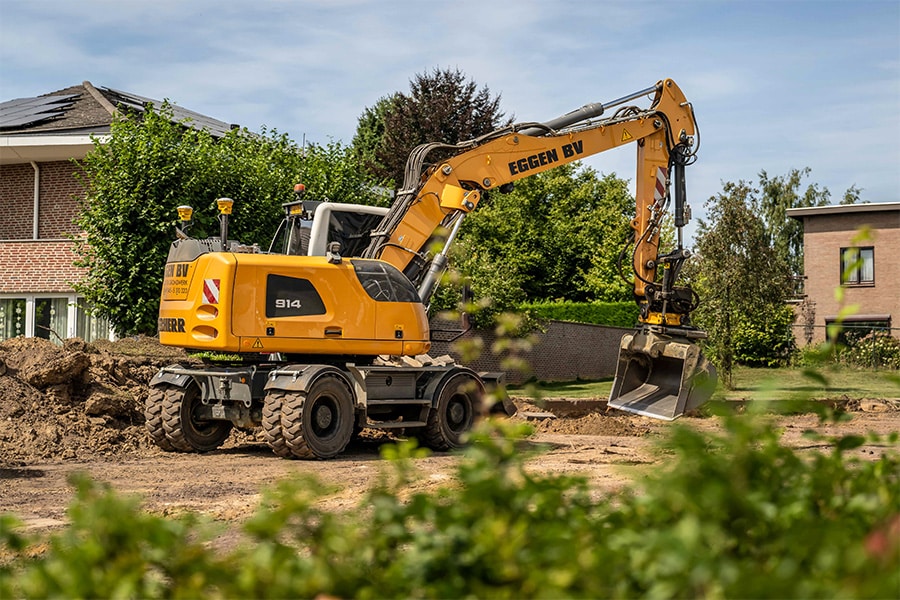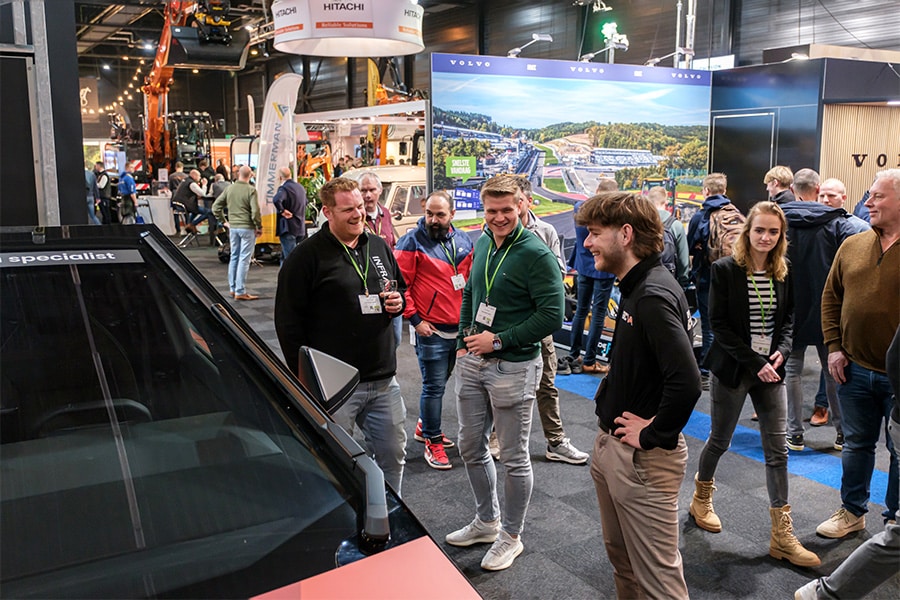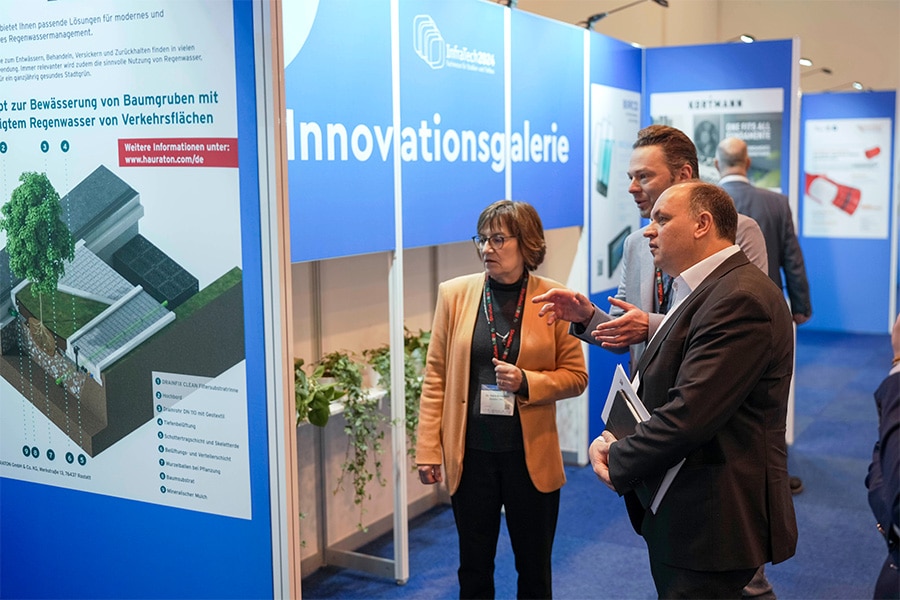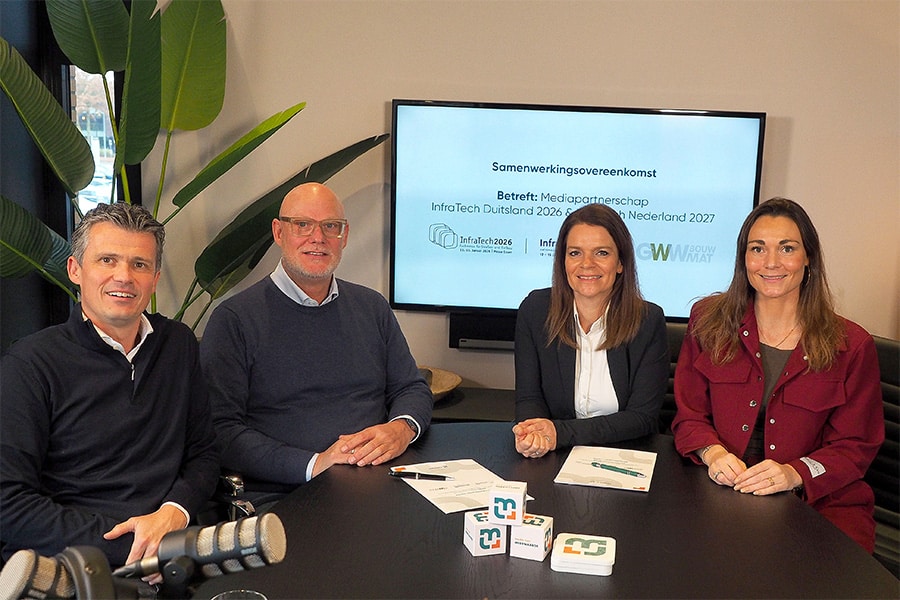
Measuring, analyzing and controlling traffic in tunnels
Since then, the system has been fully developed and thus production ready. We speak with Jan-Martijn Teeuw, Director and with Franc Fouchier, Manager of Systems Engineering & Innovation at Soltegro, about the current status and developments of TrafficSense.
Successful alternative
Tunnels are becoming more complex, traffic volumes are increasing, and today's vehicles are unlike those of the past. "TrafficSense is a successful alternative to the existing point detection system, which uses loops in the road surface to measure whether vehicles are stopped or moving," Fouchier opens the conversation.
TrafficSense includes algorithms that establish patterns and detect deviations in those patterns. "The algorithms demonstrated are point measurements, route monitoring and traffic flow measurements. With the latter, imagine that when a car is stopped in the tunnel due to problems, TrafficSense observes how traffic moves around the 'vehicle of interest.' Each algorithm has advantages and disadvantages. The composite result of the 3 basic algorithms provides reliable detection," said Teeuw.

Intelligent and scalable
Fouchier emphasizes the intelligence and scalability of the system: "The question is 'what do you all want to measure'? Or where are you most concerned. Long straights in a tunnel may not be as interesting as curves or inclined surfaces. So the system is able to deal with diversity in point measurement density. Even when the hardware is installed in the tunnel, higher software attention can be given to special areas in the tunnel."
"TrafficSense detects speed anomalies and stoppages and is also able to recognize nationality and hazardous materials," Teeuw adds. "Emergency services can therefore be informed in advance whether hazardous materials are involved in an incident in the tunnel. In addition, it also registers anomalous situations such as accidents or dropped cargo, among others, based on the pattern recognition mechanism. The system is also getting smarter; it is not getting out of date. It is possible to learn TrafficSense patterns so that they can be recognized and the system can act accordingly." Added Fouchier, "TrafficSense is able to report only the situations that require the road traffic controller's attention. That saves road traffic controllers work, allowing them to focus all their attention on the situations that are really important for safety. For example, you prefer not to receive stoppage reports during daily traffic jams, but only when something happens."
Taking a predictive approach
Thanks to the data measured by the cameras and infrared sensors and the algorithms that provide analysis, predictive work can begin. "All collected data can be combined into analyses as desired," Fouchier explains. "That makes it possible to recognize patterns automatically and apply them as models. This allows you to anticipate situations and predict what the traffic is going to do. Teeuw: "You can start applying things like corridor management, predicting congestion, diverting traffic preventively."
TrafficSense measures, analyzes and regulates, making it not only a good alternative but also a system that is prepared for the future. Scan the QR code in this article to watch a video about TrafficSense!




